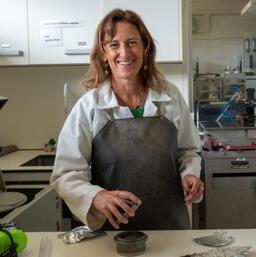
A Second Earth

A Second Earth
For centuries, the dream of human travel into the cosmos has fired imaginations. And with the advent of space tourism and NASA’s plan to build a permanent Moon base by 2030 – as well as Space X efforts to get humans to Mars – human space travel through our solar system no longer seems in the realms of science fiction.
But while the exploration of our local planets and moons may yield useful resources, and even possibly traces of life, humans are already looking beyond – to exoplanets - hunting for those with conditions like our own. But the vast distances of the universe mean we’re unlikely to visit.
If we are to ever step foot on a Second Earth, it may be because one of the great unsolved mysteries of the cosmos has been solved: what is dark energy? It’s thought to make up around 68% of the known universe and is a hypothetical form of energy that exerts a negative, repulsive pressure, behaving like the opposite of gravity. Researchers like Prof Tamara Davis are busy trying to decode its secrets. If we can harness it, intergalactic travel may become a reality.
But while the exploration of our local planets and moons may yield useful resources, and even possibly traces of life, humans are already looking beyond – to exoplanets - hunting for those with conditions like our own. But the vast distances of the universe mean we’re unlikely to visit.
If we are to ever step foot on a Second Earth, it may be because one of the great unsolved mysteries of the cosmos has been solved: what is dark energy? It’s thought to make up around 68% of the known universe and is a hypothetical form of energy that exerts a negative, repulsive pressure, behaving like the opposite of gravity. Researchers like Prof Tamara Davis are busy trying to decode its secrets. If we can harness it, intergalactic travel may become a reality.
when and where
date and time
MON, OCT 16, 2023
12:30 PM - 1:30 PM
12:30 PM - 1:30 PM
location
Room C2.5 & C2.6 - ICC Sydney



